wood flooring to brick walls
guvnah
13 years ago
Related Stories
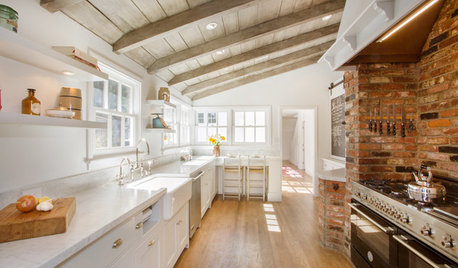
KITCHEN DESIGNKitchen of the Week: Brick, Wood and Clean White Lines
A family kitchen retains its original brick but adds an eat-in area and bright new cabinets
Full Story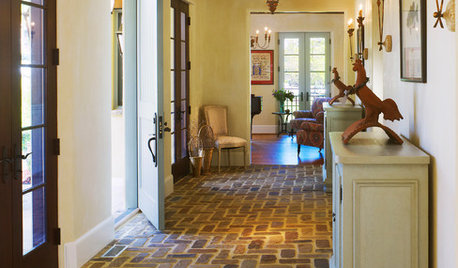
RUSTIC STYLEBrick Floors: Could This Durable Material Work for Your House?
You love the old-world look, but will you like the feel of it underfoot? Learn the pros and cons of interior brick flooring
Full Story
PAINTINGKnotty to Nice: Painted Wood Paneling Lightens a Room's Look
Children ran from the scary dark walls in this spare room, but white paint and new flooring put fears and style travesties to rest
Full Story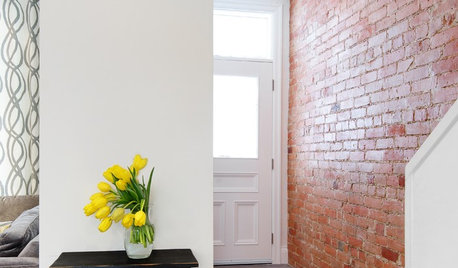
BRICKHow to Make an Interior Brick Wall Work
Learn how to preserve, paint, clean and style a brick wall to fit your design scheme
Full Story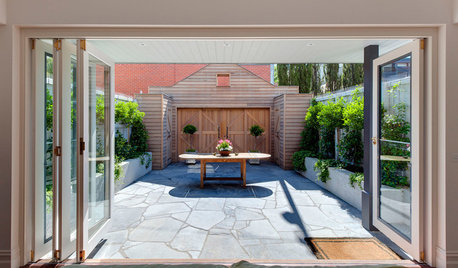
LANDSCAPE DESIGNHow to Pick the Right Paving and Decking Material
Once you’ve got the walls or fences of your garden figured out, it’s time to consider the ground surface or floors
Full Story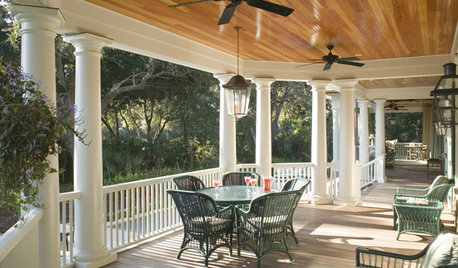
FLOORSLive Boldly: Put the Floor on the Ceiling
See what a ceiling of beautiful wood, brick or tile can do for a room
Full Story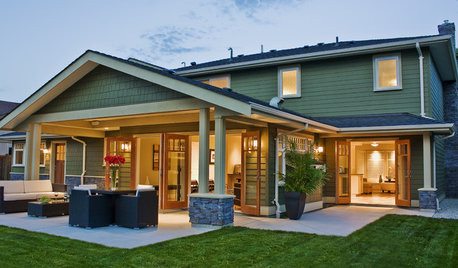
GARDENING AND LANDSCAPING6 Ways to Rethink Your Patio Floor
Figure out the right material for your spring patio makeover with this mini guide to concrete, wood, brick and stone
Full Story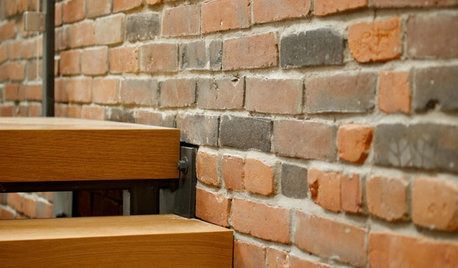
BRICKGreat Materials: Common Brick Stacks Up Style
So basic and yet so incredibly versatile, bricks can dress home exteriors, walls, roofs and more. Here's how to bring out their best
Full Story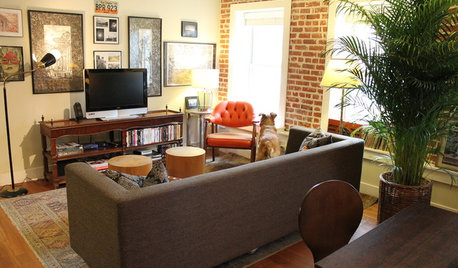
HOUZZ TOURSMy Houzz: 'Minimalist Meets Manic' Style in Los Angeles
Exposed brick, wood floors and vintage finds make a homey cocoon for a California couple. Oh, and for the snake too
Full Story
REMODELING GUIDESDesigner Confessions: Torn Between Wood Floors
19 Photos to Help You Choose a Wood Floor Finish
Full StorySponsored
Zanesville's Most Skilled & Knowledgeable Home Improvement Specialists
More Discussions






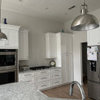

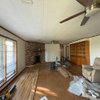

kudzu9
guvnahOriginal Author
Related Professionals
Four Corners Kitchen & Bathroom Designers · Hybla Valley Kitchen & Bathroom Designers · Springfield Kitchen & Bathroom Designers · Mooresville Kitchen & Bathroom Remodelers · Gibsonton Kitchen & Bathroom Remodelers · Ogden Interior Designers & Decorators · Conway General Contractors · De Pere General Contractors · Delhi General Contractors · Fort Lee General Contractors · Mankato General Contractors · Middletown General Contractors · New Baltimore General Contractors · Pinewood General Contractors · Spencer General Contractorsreverse
sombreuil_mongrel
worthy
guvnahOriginal Author
sombreuil_mongrel
kudzu9
sombreuil_mongrel